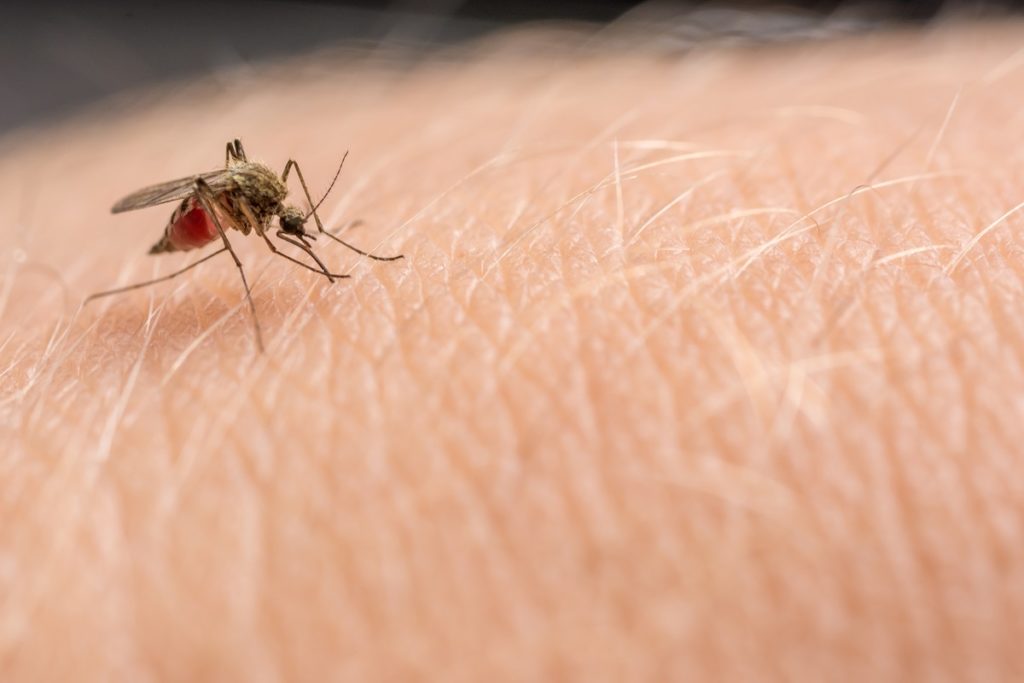Vector-borne diseases have become more widespread in the US. SciLine found diseases caused by infected ticks, mosquitoes and fleas tripled from 2004 to 2016, with nearly 100,000 cases reported in 2016 alone. The most common carriers were found to be ticks and mosquitoes.
Here’s a list of common diseases transmitted by insects in the country:
Lyme disease
Lyme disease is common in Atlantic and Central US states like New York, New Jersey, Pennsylvania and Connecticut. Lyme disease is transmitted through tick bites. An estimated 329,000 new cases of Lyme disease are diagnosed annually in the country.
Symptoms might manifest in three days after being bitten. Rashes, fatigue, swollen joints and fever are common symptoms. Severe headache, arthritis and heart palpitations might occur after. Without treatment, it can move to one’s central nervous system, muscles and heart.
Ticks live in wooded areas, tall grass, and in backyards. Ticks get infected after biting white-footed mice, known carriers of the Lyme disease-causing Borrelia burgdorferi bacteria.
Repellents that contain N-diethyl-meta-toluamide work well on ticks. Take note that rellents that work well for mosquitoes may not be as effective on ticks. Ticks can also attach themselves on clothing, so residents must dry their clothes in high heat for 30 minutes to eliminate ticks. Residents must also check their pets for ticks regularly.
Rocky Mountain spotted fever
This is transmitted by ticks carrying the Rickettsia rickettsii bacteria. Rocky Mountain spotted fever is common in southern states like Oklahoma, Arkansas, Tennessee, and Missouri.
Symptoms include high fever, severe headache, Myalgia, nausea, vomiting and anorexia. Rashes that look like red splotches and dots might appear. Some patients may not experience rashes in the early stage, which makes RMSF tricky to diagnose. Delays in treatment may cause death.
West Nile virus

The West Nile virus (WNV) is the most common mosquito-borne disease in the United States. In 2018, the country recorded 2,600 cases, with 217 occurring in California. In the same year, West Nile took the lives of 167 people. WNV is common during mosquito season, which is summer until fall.
Early symptoms of WNV include fever, headache, body aches, skin rash, and swollen lymph glands. WNV can become life-threatening when the virus enters the brain. It may cause inflammation in the brain or the tissues surrounding it.
Mosquitoes breed in places that store stagnant, standing fresh water like rain gutters, storm drains, buckets and even tin cans. Mosquitoes are active in the morning and in the evening. Residents living in areas near standing fresh water are advised to keep their windows and doors closed during those times. Risk to WNV can also be reduced by wearing long-sleeved shirts and long pants to prevent mosquito bites.
EEE virus
The Eastern equine encephalitis virus is transmitted to humans by an infected mosquito. Most cases of Triple E have been recorded on east coast states like Massachusetts, New York and North Carolina.
Symptoms of Triple E include high fever, headache, malaise and myalgia. Encephalitis and disorientation can follow, as well as seizures. Unfortunately, there is no treatment for EEE, and this disease can prove fatal in one of every three patients.
Southeastern Massachusetts is a hotspot for Triple E. People living in suburbs like Dartmouth, Fairhaven and North Attleboro are advised to call an exterminator to eliminate mosquitoes from their homes.
Whether the intention is to ruin a picnic or spread diseases, everybody should be wary of these pests. Invest in insect repellents and long sleeves now and get protected against vector-borne diseases.

